Xiaomi Mi 11 Ultra review: The ultimate Android flagship?
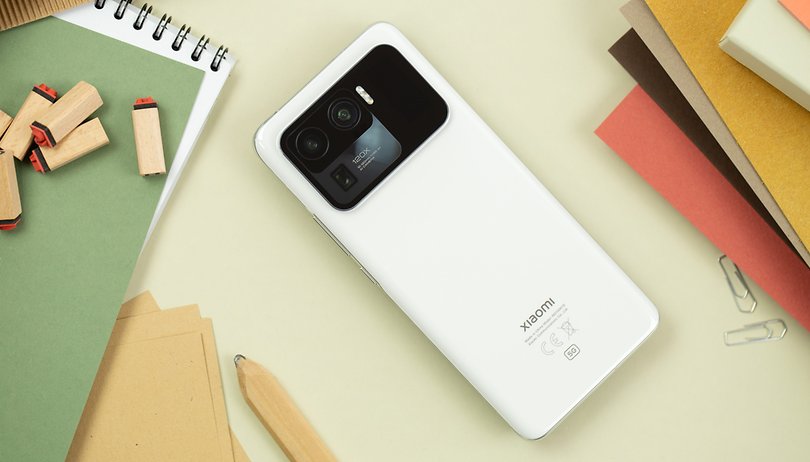

The Xiaomi Mi 11 Ultra is supposed to be the ultimate Android flagship, surpassing even the Samsung Galaxy S21 Ultra. But behind all the hype, Super Saiyan names, and an exorbitant price tag, can Xiaomi's "top of the line" smartphone really be considered as the ultimate indulgence? The answer lies in my full review for NextPit.
Good
- Sublime 120 Hz AMOLED screen
- Good battery life
- Very good and versatile camera module
- 67 W fast charging
- IP68 certification
Bad
- Overheating issues
- Average quality night shots
- Massive and unbalanced design
- Its price

My brief opinion of the Xiaomi Mi 11 Ultra
The Xiaomi Mi 11 Ultra was launched in Europe on May 4, 2021, at the sweet price of €1,199. It poses as a direct competitor to the Samsung Galaxy S21 Ultra.
The Xiaomi Mi 11 Ultra packs a triple camera module, including a 50 MP Samsung GN2 main sensor, a Snapdragon 888 chipset mated to 12 GB of RAM, an AMOLED display with a 120 Hz refresh rate and WQHD+ resolution, and a secondary display on the back - all running off the juice from a 5,000 mAh battery that plays nice with 67-watts fast charging capability.
But still, we have to bear in mind that the Xiaomi Mi 11 Ultra retains the same screen, SoC, chassis, and selfie camera as the vanilla Xiaomi Mi 11, which retails for €450 cheaper upon its release.
The quality of the camera module alone clearly deserves to place it in the "ultra" flagship smartphone segment, but I'm not convinced that Xiaomi has done a better job than Samsung when it comes to delivering the ultimate Android smartphone.
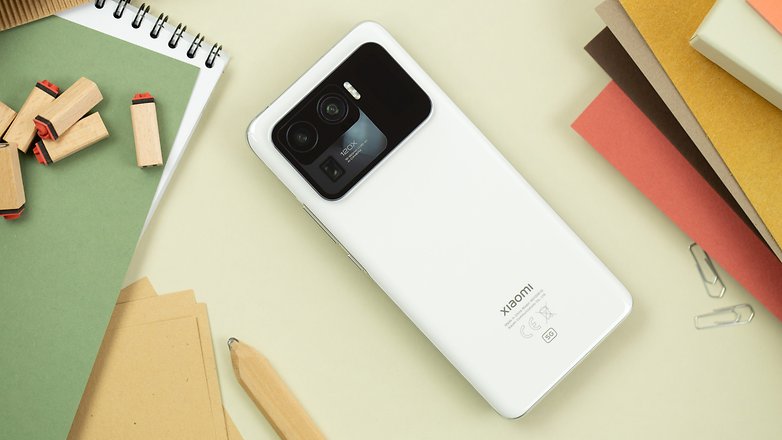
WQHD+ AMOLED screen in 120 Hz is still gorgeous
The Xiaomi Mi 11 Ultra features the same display as in the vanilla Xiaomi Mi 11. This means you end up with a 6.81-inch AMOLED panel in WQHD+ resolution at 3200 x 1440 pixels, at pixel density of 515 ppi, all in a 20:9 aspect ratio. The Xiaomi Mi 11 Ultra's display supports HDR10+ and features a 120Hz refresh rate and a maximum brightness of 1,700 nits. There is an additional bonus here though: the Xiaomi Mi 11 Ultra's 'secret weapon' is the 1.1-inch AMOLED display at the back.
I liked the:
- 120Hz refresh rate.
- WQHD+ resolution.
- 480 Hz touch sampling rate.
I didn't like the:
- Same display as the vanilla Xiaomi Mi 11.
- Rear display is too "gimmicky".
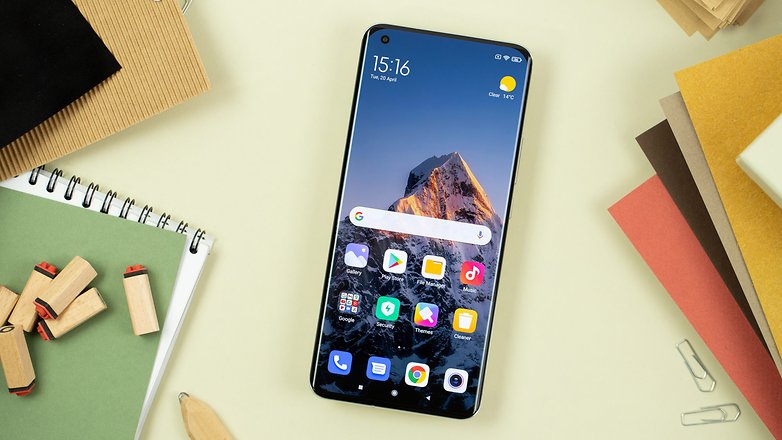
I'm not going to copy my review of the vanilla Xiaomi Mi 11's display word for word, so I invite you to check out my full review if you are interested. To put it simply, this is one of the best, if not the best, smartphone displays out there right now.
In terms of specifications, you get support for 10-bit color depth, HDR10+, and DCI-P3 spectrum as well as 900 nits brightness (1,700 max) that deliver a rich display of color and contrast. MIUI 12 still offers a fairly wide range of ways to customize the viewing experience. The options to "upscale" video content and adaptive playback comfort modes based on ambient lighting convinced me further.
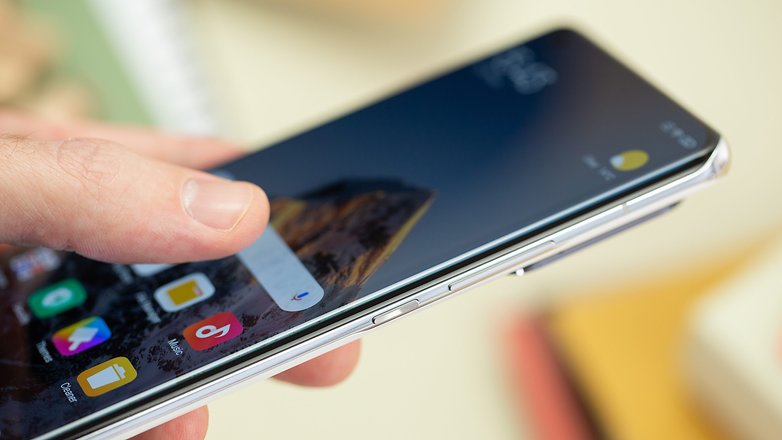
Another detail that I also really liked was the touch sampling rate, which is the number of times per second the screen registers a touch. The Xiaomi Mi 11 Ultra offers a 480Hz touch sampling rate, which fares better than the Asus ROG Phone 5, a gaming smartphone that trumpets this feature as the center of its user experience.
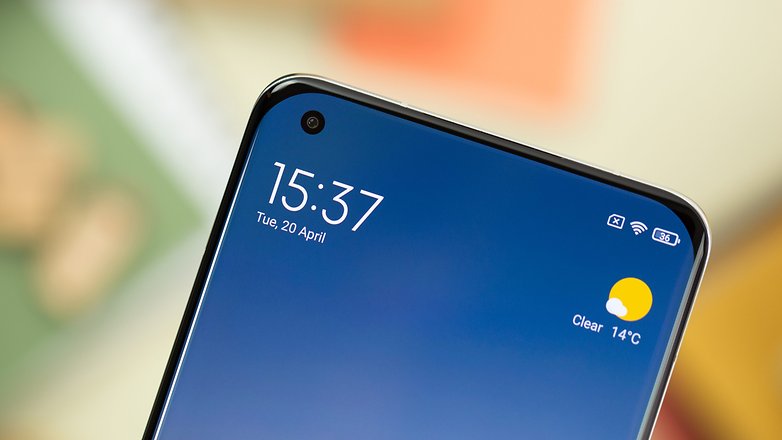
The final point is about the add-on display nestled to the right of the camera module on the back of the Xiaomi Mi 11 Ultra: It is a 1.1-inch AMOLED panel. That's really quite small. Most of the time, the screen simply acts as an always-on display to show the date, time, and remaining battery level.
But this display can also be used as a preview to take pictures or selfies using the rear camera module. However, this "preview" mode only works with the basic photo mode. Oddly enough, Xiaomi does not allow it to be used for portrait photos or in video mode.
Overall, I really enjoyed, if not loved, checking out the Xiaomi Mi 11 Ultra's screen throughout my review. It's really a strange thing to say, but smoothness and definition really play a key role in the premium feeling of a smartphone. My OnePlus 8T's display, which is my daily driver, seemed rather dull in comparison. However, do remember that it's the same screen as the vanilla Xiaomi Mi 11, which is sold for much less.
Snapdragon 888 performance blighted by overheating
The Xiaomi Mi 11 Ultra features the Snapdragon 888 SoC and the accompanying Adreno 660 GPU, all coupled with 12GB of LPDDR5 RAM. On paper, this should at least match the performance of the vanilla Xiaomi Mi 11, if not exceed it in most cases.
I liked the:
- Raw power of the Snapdragon 888 SoC.
I didn't like the:
- Overheating issues (in benchmarks).
- Unstable frame rates (during gaming).
Xiaomi Mi 11
| Benchmarks | Xiaomi Mi 11 Ultra | Xiaomi Mi 11 | OnePlus 9 Pro | Samsung Galaxy S21 Ultra |
|---|---|---|---|---|
| 3D Mark Wild Life | 5621 | 5702 | 5670 | 7373 |
| 3D Mark Wild Life Stress Test | Failure, overheating | 5697 | 5698 |
5175 |
| Geekbench 5 (Single / Multi) | 1123/3619 | 1085/3490 |
1112/3633 |
942 / 3407 |
| PassMark Memory |
30.460 | 26.333 | 31.891 |
31.752 |
| PassMark disk |
115.473 | 120.430 |
112.370 |
81.108 |
In terms of pure benchmark scores, there's not much difference between the performance of the Xiaomi Mi 11 Ultra and the vanilla Mi 11. Again, you might think that this is a fortunate thing. The smartphone ranks as average among high-end Android devices.
But this smartphone suffers from the same problems as its "little brother", namely overheating and resulting frame rate losses. Specifically, we noticed some serious thermal throttling going on in the smartphone as the mercury shoots up rather quickly.
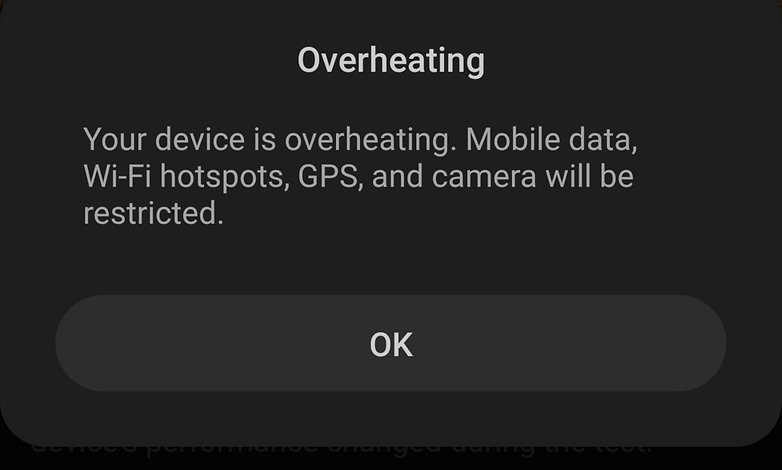
I wish I could provide you with more accurate data, but I couldn't even complete the Wild Life Stress Test benchmark from 3DMark. This benchmark simulates intensive gaming usage for 20 minutes. But the Xiaomi Mi 11 Ultra-overheated long before the end of each of the 5 attempts (which are spaced 15 minutes apart to cool down the device), forcing the review to pause and stutter.
Each time without fail, the smartphone was hot to the touch. In real-life usage or a more realistic scenario (max graphics on CoD Mobile, WQHD+ screen, and 120 Hz refresh rate enabled), I didn't notice overheating to such a degree. On the other hand, I did experience serious loss in frame rates during gameplay.
Overall, I can't say that the Xiaomi Mi 11 Ultra isn't a capable smartphone, but I was frankly disappointed by its performance when it comes to gaming, especially how it fails to handle thermal issues well. This is inexcusable for a smartphone that is supposed to be the ultimate flagship.
The best camera smartphone in 2021?
The Xiaomi Mi 11 Ultra features a gargantuan triple camera module with:
- 50 MP main lens, f/1.95 aperture, 1/1.12-inch sensor size, OIS.
- 48 MP ultra-wide-angle lens, f/2.2 aperture, 128° FOV.
- 48 MP periscope telephoto lens, f/4.1 aperture, 5x optical zoom, 10x hybrid, 120x digital.
I liked the:
- Excellent level of detail and sharpness.
- 5x and 10x effective zoom.
- Versatile camera module.
I didn't like the:
- Night mode performance.
- Digital processing is accentuated in low light conditions.
- Degree of distortion in ultra-wide-angle shots.
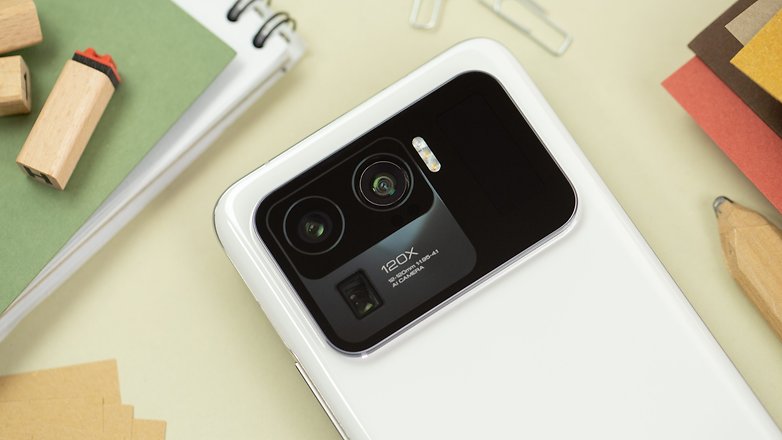
Photos by the Xiaomi Mi 11 Ultra using the main lens
The main camera of the Xiaomi Mi 11 Ultra uses the new Samsung GN2, which is based on a large 1/1.12-inch sensor. The lens captures images in 12.5 MP by default via pixel binning. It also has bi-directional Dual Pixel autofocus thrown in for good measure.
During the daytime, under good lighting conditions, the Xiaomi Mi 11 Ultra captures excellent photos in terms of detail level and exposure. The dynamic range is nice and wide, even on complex photos. The colorimetry still remains a bit saturated, but less than Samsung's efforts.


The aperture of f/1.95 may seem a bit too low next to the f/1.8 lenses of the Galaxy S21 Ultra, the Oppo Find X3 Pro, and the OnePlus 9 Pro. However, the main strength of this camera module is the sharpness, the level of detail it captures, and not only with the main sensor alone. Digital noise is virtually non-existent.
Xiaomi Mi 11 Ultra photos with the ultra-wide angle lens
For the ultra-wide angle lens, it's the Sony IMX586 sensor that offers a 128° FOV. During the day, the level of detail is once again excellent with good color consistency compared to the wide-angle shots. However, I found that there was quite a bit of distortion at the edges of the image with some fish-eye effect.

Zoom performance of the Xiaomi Mi 11 Ultra
The telephoto lens on the Xiaomi Mi 11 Ultra is the same as on last year's Mi 10 Ultra which we didn't receive. The lens is a 5x optical zoom periscope with an aperture of f/4.1. The aperture on the Galaxy S21 Ultra was a bit larger (f/3.5), but its focal length was shorter, at about 103 mm versus the Mi 11 Ultra's 125 mm.


When it comes to zoom performance, I was left impressed. The loss of quality at 5x is really very limited compared to 1x, while the level of detail in some 10x zoom shots sometimes surprised me pleasantly.
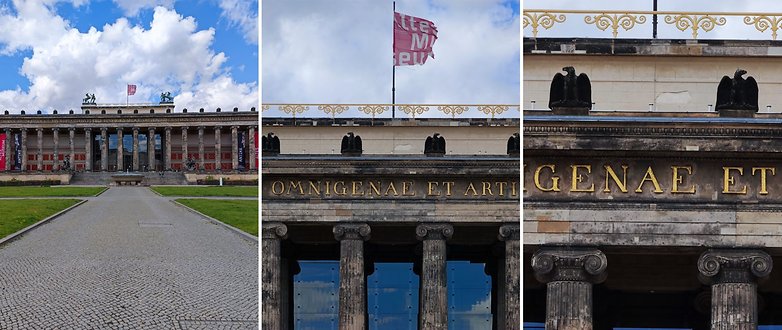

Dynamic range performance is probably the best you can find on the market with a telephoto lens, and exposure was very accurate. Colors still remained consistent with those captured via the main camera.


Obviously, Xiaomi had to outdo Samsung in this department by offering a full digital zoom of 120x. Just like Samsung's 100x space zoom, this is nothing more than bragging rights that serves no purpose other than to look good on the specifications sheet and marketing materials.


Xiaomi Mi 11 Ultra-night shots
The Xiaomi Mi 11 Ultra has an "automatic" night mode. If you have "AI" mode enabled, it will automatically kick in scene recognition, and upon recognizing a scene that's darker than usual, it will automatically activate night mode according to the ambient light level. But you can also manually opt for the dedicated night mode if you so desire.

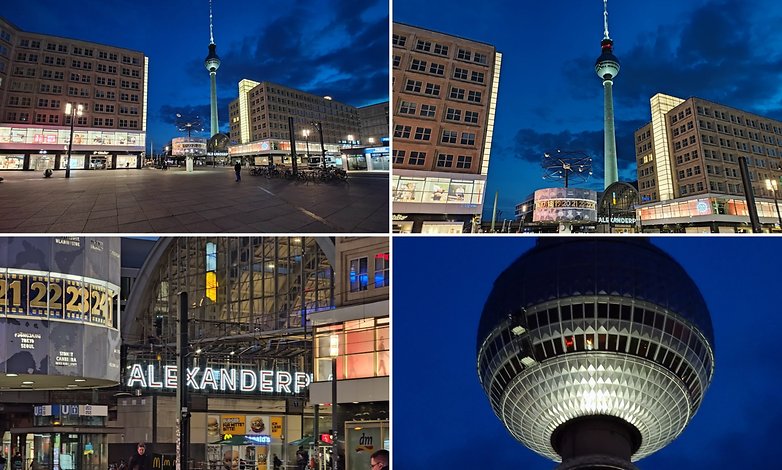
I must say that the results were rather mixed. In fact, I simply found the images to be too smooth and lost too much detail. The Mi 11 Ultra illuminated scenes very well if required, handling strong light sources efficiently to avoid flare effects and image burn-in. But the lack of sharpness does not make it the best smartphone to capture memories at night.


Overall, the Xiaomi Mi 11 Ultra's camera module is excellent. It is clearly one of the top 5 camera smartphones in the market for 2021. I loved the telephoto lens and overall the level of detail displayed by each of the camera module's sensors. My only disappointments were the night mode and digital smoothing that kicks in too often in low light conditions. But it's as versatile a camera smartphone as Oppo and Samsung's representatives.
The 5,000 mAh battery and 67-watts fast charging support
The Xiaomi Mi 11 Ultra packs a 5,000mAh battery that accepts both wired and wireless fast charging at 67-watts via the included charger.
Personally, I prefer to abuse the smartphone and enable the 120Hz refresh rate in WQHD+ resolution all the time. Using this configuration, I lasted a full day of use on average, between 9 and 11 hours with a mixed usage pattern (web, video and music streaming, 1 or 2 video calls, some gaming thrown into the mix). This meant I still had to plug the smartphone into the power socket at the end of the day.
Fast charging at 67-watts worked very well, as it took me less than 40 minutes on average (best time: 36 minutes) to get a full charge. By leaving the Xiaomi Mi 11 Ultra plugged in for 30 minutes, I could go from 0 to 90% on average (best score: 91%), which is infinitely faster than the 25-watt charge that the Samsung Galaxy S21 Ultra supports.
Overall, the Xiaomi Mi 11 Ultra doesn't offer the longest battery life in the high-end Android market, but the 5,000mAh battery, which is larger than the ones found in the OnePlus 9 Pro and Oppo Find X3 Pro , makes it possible to handle the power required to keep the capable SoC and high refresh rate display going. Its power saving modes are also quite effective and can offer up to an extra half day's usage.
Xiaomi Mi 11 Ultra specifications and other details
Before moving on to the specifications sheet, I've listed a few things that were excluded from the full review but are still worth mentioning.
- The design of the Mi 11 Ultra is massive (234 g) but above all badly balanced, since everything goes into the huge camera module which makes the smartphone uncomfortable to hold.
- The Xiaomi Mi 11 Ultra is IP68 certified and can therefore withstand immersion in water (in fresh water at 1 meter deep, for 30 minutes).
- Two integrated Harman Kardon stereo speakers offer excellent quality but are a little weak on bass.
- The camera application offers a "Multi Cam" mode that uses all the lenses at the same time, like Samsung's Single Take mode.
Xiaomi Mi 11 Ultra: Its specifications
| Specs | Xiaomi Mi 11 Ultra |
|---|---|
| Processor |
|
| Memory (RAM/ internal) |
|
| Expandable storage | No |
| Connectivity | Dual SIM, 5G, LTE, Wifi 6E, Bluetooth 5.2, NFC |
| Screen |
|
| Dimensions | 164.3 x 74.6 x 8.38 mm |
| Weight | 234 g |
| IP certification | IP68 |
| Camera module |
|
| Video |
|
| Battery capacity | 5,000 mAh |
| Charging technology |
|
| OS | MIUI 12 based on Android 11 |
| Price | €1,199 |
Conclusion
Now, do you really need a "buy" recommendation for such an overpriced smartphone? For €1,200 euros, the Xiaomi Mi 11 Ultra is an excellent smartphone that can clearly go toe-to-toe with the Samsung Galaxy S21 Ultra without batting an eyelid.
The camera module really convinced me and gave me the same feeling of versatility as the Samsung Galaxy S21 Ultra, with a very good zoom on top of that. The display, which is the same as the vanilla Mi 11, is simply sublime. The 67-watt fast charging capability is also a great feature compared to the far slower 25-watt charging capability on the Galaxy S21 Ultra, which doesn't even come with a charger in the box.
However, the overheating issues I experienced are unforgivable for a flagship that's supposed to be the ultimate smartphone, regardless of its impressive raw power. By the way, while comparing it to the Samsung Galaxy S21 Ultra is a legitimate comparison, the South Korean manufacturer offers a longer duration of software updates, which is something that should be taken into consideration if you are going to pump in serious money for a flagship device.
Xiaomi usually offers 2 Android updates and 3 years of security patches, but Samsung offers 3 Android updates and 4 years of security patches. If I had the chance and means to ponder over buying the Xiaomi Mi 11 Ultra at €1,199 or a Samsung Galaxy S21 Ultra at €1,259, the software support would be well worth the €60 premium for the Samsung.







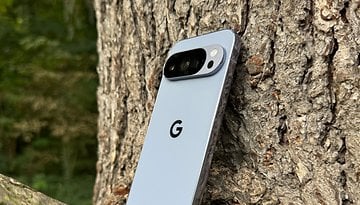
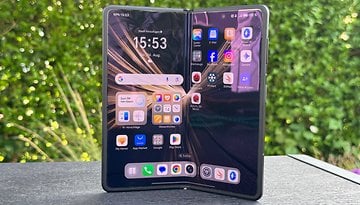
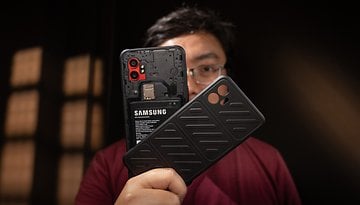





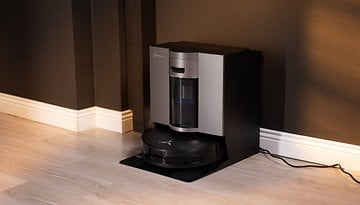
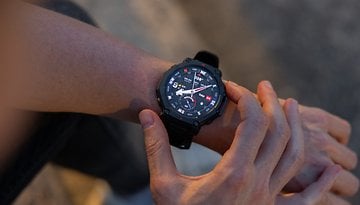




Considering the xiaomi data collection and skin? No way.